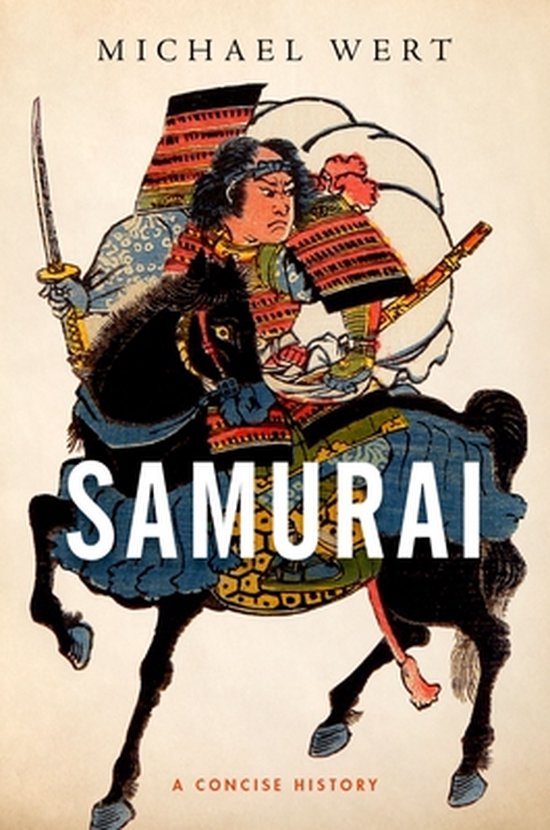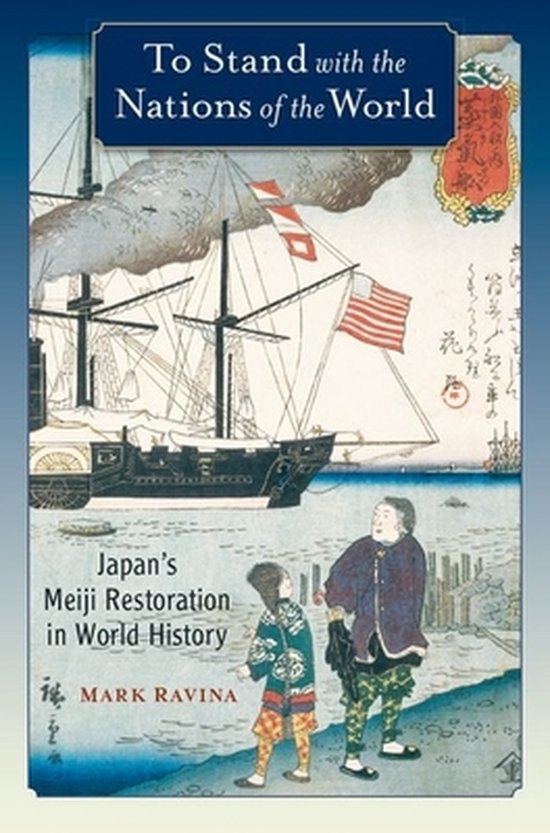
The Last Samurai
On September 24, 1877, Saigõ Takamori, one of Japan s most loyal and honored samurai, died in the bloodiest conflict Japan had seen in over two hundred years, a battle led by Saigõ and his band of loyal students. Now, more than 125 years after his death, Saigõ still remains a legendary yet enigmatic figure in Japan. Why would Japan s greatest warrior, whose sole purpose was to serve his country, set in motion a civil war and lead a group of rebel soldiers to overthrow the government that he had personally helped to restore? The Last Samurai sets forth to demystify Saigõ s life, his machinations, and the dramatic historical events that shaped the life and death of Japan s favorite samurai.
Exiled for misconduct, Saigõ was pardoned in 1864 and called back to the mainland to train a group of Satsuma warriors. Their mission was to seize control of the imperial palace and restore the imperial house to its former glory. Saigõ s coup was successful, and in 1867 he led the drive to destroy the shogunate and to create a powerful new state. But with Saigõ s victory came a crushing defeat: in his drive to modernize Japan, the Meiji emperor, whom Saigõ had helped bring to power, abolished all samurai privileges, including their ancient right to carry swords.
Now an acting member of a modernizing Meiji government, Saigõ was given command of the new Imperial Guard, Japan s first national army in nearly a millennium. Saigõ supported many of the government s Western style reforms, but he was torn by the sense that he was betraying his most stalwart supporters. Deeply ambivalent about the government he had helped create, Saigõ sought to end his career with a final dramatic gesture: he sought to go as imperial envoy to Korea, where he would insist that the Korean king recognize the Meiji emperor. When his plan was denounced as reckless, Saigõ resigned from government, returned to his native Satsuma, and opened a military academy for former samurai warriors. His group of disgruntled students resented the rapid modernization of Japan even more than did Saigõ. They set forth to slow the hand of change with their swords, making Saigõ the reluctant leader of their uprising. Old Japan and New Japan met in battle blades against artillery and old Japan lost. Saigõ died in battle from a bullet wound, but legend still has it that he died by his own sword, upholding samurai honor to the end.
In life, Saigõ had represented all that was commendable in the samurai estate. In death, Saigõ s legend grew even greater. The Last Samurai deftly traces the rise, fall, and rise again of Saigõ s life, his legend, and his dedication to all he believed in: tradition, honor, and glory. This compelling book provides a fascinating glimpse into the final days of Japanese feudal society, the blood swept path of Saigõ s career, and his lasting impact on the nation to which he gave his life.
Exiled for misconduct, Saigõ was pardoned in 1864 and called back to the mainland to train a group of Satsuma warriors. Their mission was to seize control of the imperial palace and restore the imperial house to its former glory. Saigõ s coup was successful, and in 1867 he led the drive to destroy the shogunate and to create a powerful new state. But with Saigõ s victory came a crushing defeat: in his drive to modernize Japan, the Meiji emperor, whom Saigõ had helped bring to power, abolished all samurai privileges, including their ancient right to carry swords.
Now an acting member of a modernizing Meiji government, Saigõ was given command of the new Imperial Guard, Japan s first national army in nearly a millennium. Saigõ supported many of the government s Western style reforms, but he was torn by the sense that he was betraying his most stalwart supporters. Deeply ambivalent about the government he had helped create, Saigõ sought to end his career with a final dramatic gesture: he sought to go as imperial envoy to Korea, where he would insist that the Korean king recognize the Meiji emperor. When his plan was denounced as reckless, Saigõ resigned from government, returned to his native Satsuma, and opened a military academy for former samurai warriors. His group of disgruntled students resented the rapid modernization of Japan even more than did Saigõ. They set forth to slow the hand of change with their swords, making Saigõ the reluctant leader of their uprising. Old Japan and New Japan met in battle blades against artillery and old Japan lost. Saigõ died in battle from a bullet wound, but legend still has it that he died by his own sword, upholding samurai honor to the end.
In life, Saigõ had represented all that was commendable in the samurai estate. In death, Saigõ s legend grew even greater. The Last Samurai deftly traces the rise, fall, and rise again of Saigõ s life, his legend, and his dedication to all he believed in: tradition, honor, and glory. This compelling book provides a fascinating glimpse into the final days of Japanese feudal society, the blood swept path of Saigõ s career, and his lasting impact on the nation to which he gave his life.
| Auteur | | Mark Ravina |
| Taal | | Engels |
| Type | | Hardcover |
| Categorie | | Biografieën & Waargebeurd |




